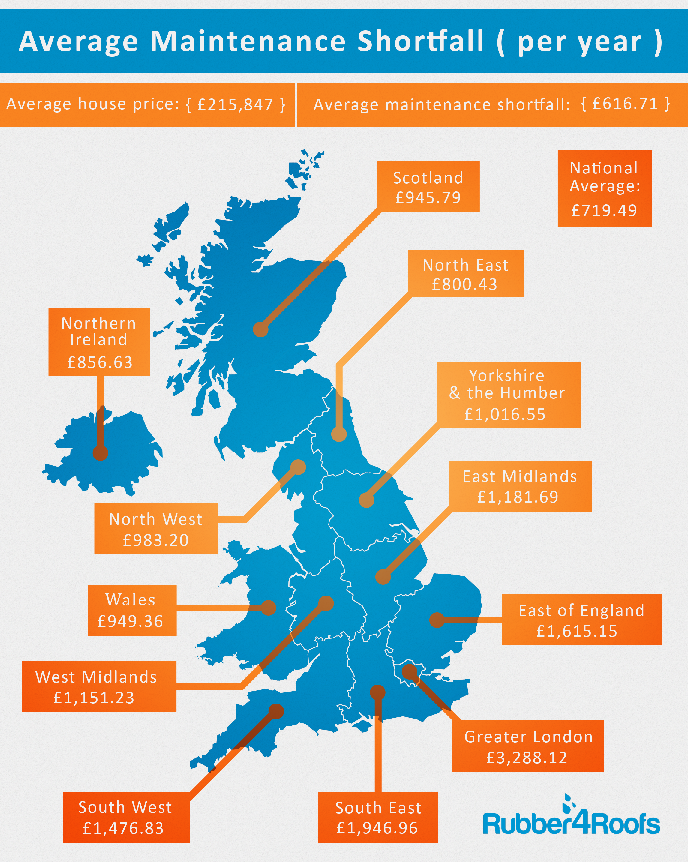Steel piering and concrete piering are two different approaches for piering or underpinning of a building. Before talking about steel piers and concrete piers, you should know what underpinning is.
What is piering or underpinning?
There are different approaches to go for when the foundation of a building weakens. One of them is underpinning.
If the inspection team feels that the soil below the house is losing grip, they construct the service team to use the soil underneath. As the deeper soil still has the strength to grip the piers, steel or concrete piers are dug deep up to the hard soil. The piers are then made to support the building.
Steel Piers Vs. Concrete Piers
If you are planning to improve the support of your weakened foundation, you should get underpinning. Here is the comparison between steel piers and concrete piers, so that you can choose the one most suitable for your house.
Steel Piers
Steel piers are long rods made up of steel. They are pilled up under the required strength is gained.
They should be used when the required depth of the soil is deeper because they have the ability to pass into thick soil. Steel piers can be made to dig as deep as 70 feet.
They can lose strength or deviate at higher temperatures. The process to install steel piers is considerably simple and easy. There is no need to dig huge holes, or to use heavy machinery.
If your house is built over a rocky area, or if the soil under your house is hard, you should use steel piers for the underpinning of your house. It is because the steel piers are able to penetrate rock and thick clay.
Steel piers are further available either as straight steel piers or helical steel piers. The effects are long-lasting.They are preferred by most experts when talking about building stabilization.
Concrete Piers
Concrete piers are actually pressurized cylinders of concrete. These pressurized concrete cylinders provide exceptional strength to the foundation of your house.
Concrete piers should not be used for deeper underpinning. The longer the concrete piers are, the more will be the danger of their breakage. Still, you can go as deep as 50 feet.They can withstand high temperatures.
Large holes and heavy machinery are required to install concrete piers under the foundation of your house.Though concrete piers can pass through small rocks, you should not use them if you are living in a rocky area. Any large rock can break the whole pier.Always hire experts from Richmond foundation repair company.
Pressurized concrete piers are not used for stabilizing buildings but for bridges also. Concrete piers are cost-effective. Though concrete piers provide higher load capacity and water resistance, other factors render them less preferable for building. But they are the only option for bridges and other structures.
Conclusion
Both steel piers and concrete piers have their own plus points. But if you are looking forward to underpinning your house, you should use steel piers.

